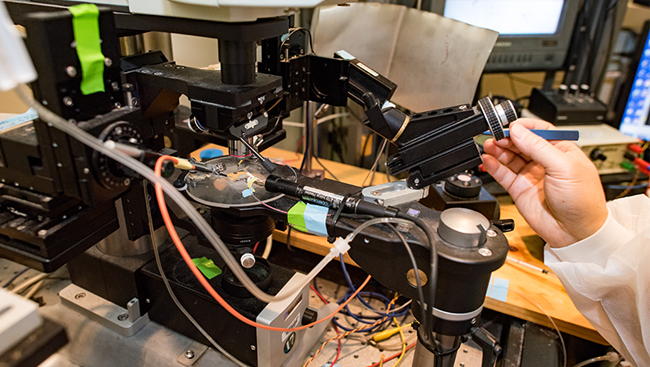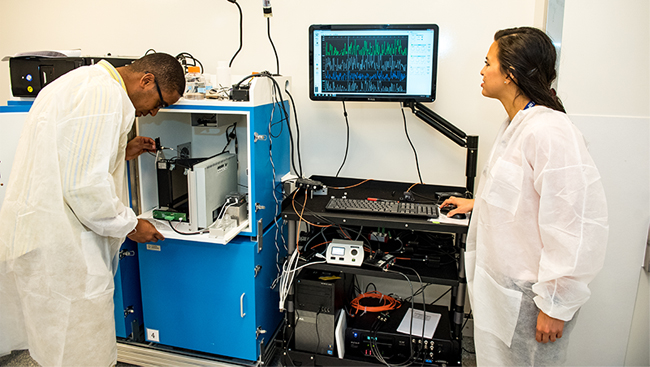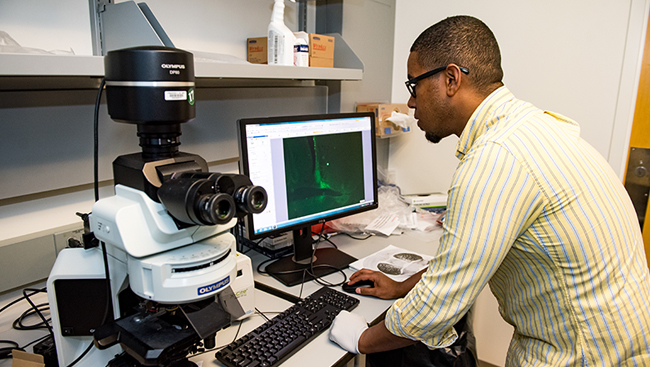Module 8: Caveats and Limitations of Optogenetics
- Featured in:
- SfN’s Optogenetics Training Series
Learn about some major confounds, caveats, and limitations of optogenetics approaches.
 Stephan Lammel |
 Karel Svoboda |
 David Kupferschmidt |
After reviewing the materials in Module 8, you should be able to:
- Understand and control for potential confounds of in vivo optogenetic manipulations, including off-target expression of opsins, toxicity, and unintended effects of light delivery.
- Describe the surprising and unintended effects of photostimulation on opsin-expressing neurons and downstream neural circuits, and how to use these effects to your advantage.
- Understand and minimize potential confounds of synaptic plasticity and complex neurochemistry in the interpretation of in vivo optogenetic studies.
Ask Module 8 Faculty Your Questions
SfN members have the opportunity to submit questions from August 1 – August 30 to Lammel, Svoboda, and Kupferschmidt in a Neuronline Community discussion thread. They will answer your questions in a video panel discussion that will be posted in this module in early September.
Visit the Community forum for all eight modules to share your insights and best practices, ask questions, and engage with other training series’ participants.
Complete this short survey to provide valuable feedback about Module 8 to SfN and the series faculty.
-
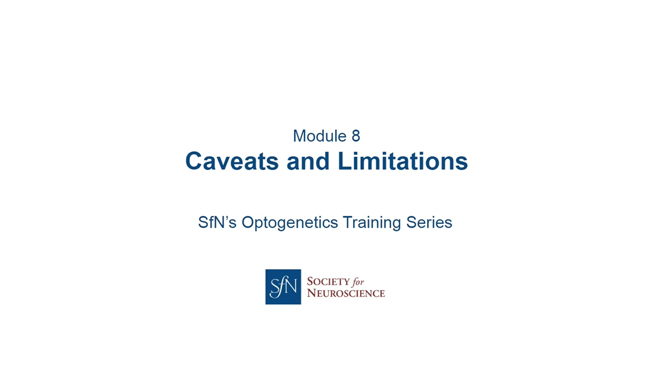 Module 8A: Caveats for Designing and Interpreting Optogenetics Approaches
Module 8A: Caveats for Designing and Interpreting Optogenetics ApproachesIn this presentation, faculty cover some of the major caveats to optogenetics experiments, at the conceptual and technical level. Specifically:
- Stephan Lammel discusses the importance of careful methodological considerations for interpreting the results of optogenetic experiments.
- Karel Svoboda highlights some of the many potential unexpected effects of optogenetics perturbation in the context of neural circuit dynamics and behavior.
- David Kupferschmidt shares how diverse forms of synaptic plasticity and complex neurochemistry can complicate our ability to infer direct “causation” from optogenetics experiments.
After watching this presentation, you should be able to:
- Understand and control for potential confounds of optogenetics manipulations that involve non-cell-type-specific expression of opsins, toxicity, tissue heating, and scattered light delivery.
- Understand how to turn potential unexpected effects of optogenetics manipulation to your advantage using neurophysiological characterization of the system response optogenetics perturbation.
- Understand and minimize the potential confounds of synaptic plasticity and complex neurochemistry in the interpretation of optogenetics experiments.
-
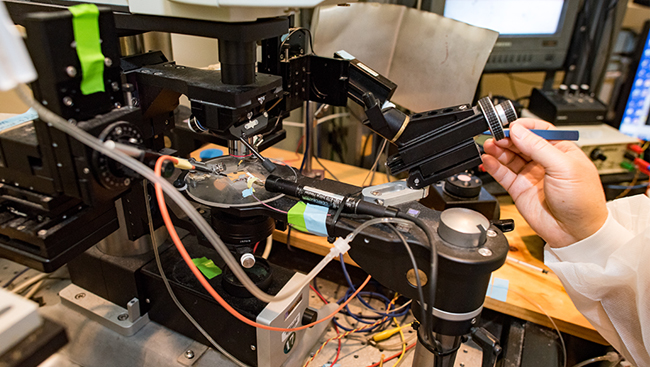 Module 8B: Supporting Resources on Caveats and Limitations
Module 8B: Supporting Resources on Caveats and LimitationsThe articles below were selected by Stephan Lammel, Karel Svoboda, and David Kupferschmidt, faculty from Module 8 of SfN’s Optogenetics Training Series, to supplement their presentation, Caveats for Designing and Interpreting Optogenetics Approaches.
Use these resources to better understand and control for some of the major caveats related to designing, conducting, and interpreting the results from optogenetic experiments.
-
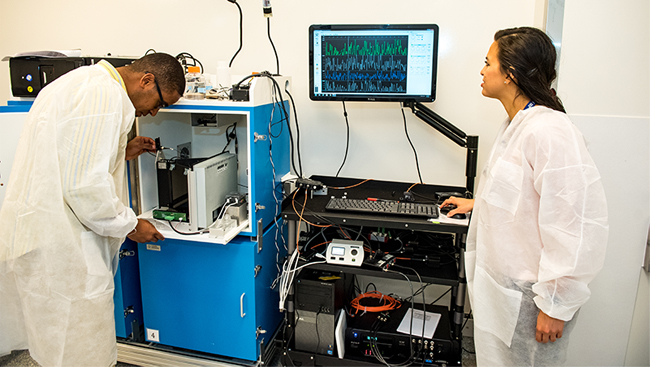 Module 8C: Community Forum on Caveats and Limitations
Module 8C: Community Forum on Caveats and LimitationsOptogenetics is an incredibly powerful technique for investigating neural circuits and brain function. However, there are numerous caveats to consider when designing, conducting, and interpreting results from optogenetic experiments.
SfN members have the opportunity to submit questions about these caveats August 1–30 to Stephan Lammel, Karel Svoboda, and David Kupferschmidt in a Neuronline Community discussion thread.
-
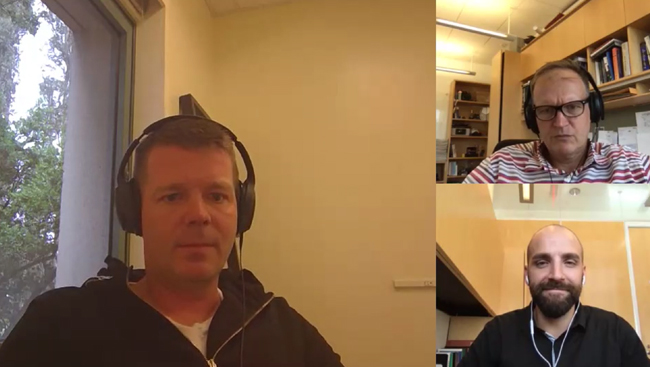 Module 8D: Panel Discussion on Caveats and Limitations
Module 8D: Panel Discussion on Caveats and LimitationsIn this video panel discussion, Stephan Lammel, Karel Svoboda, and David Kupferschmidt answer questions related to their Module 8 presentations. Topics include assessing potential channelrhodopsin induced toxicity, determining direct versus circuit effects of optogenetic manipulation, reliability of wireless optogenetic hardware, and others.




